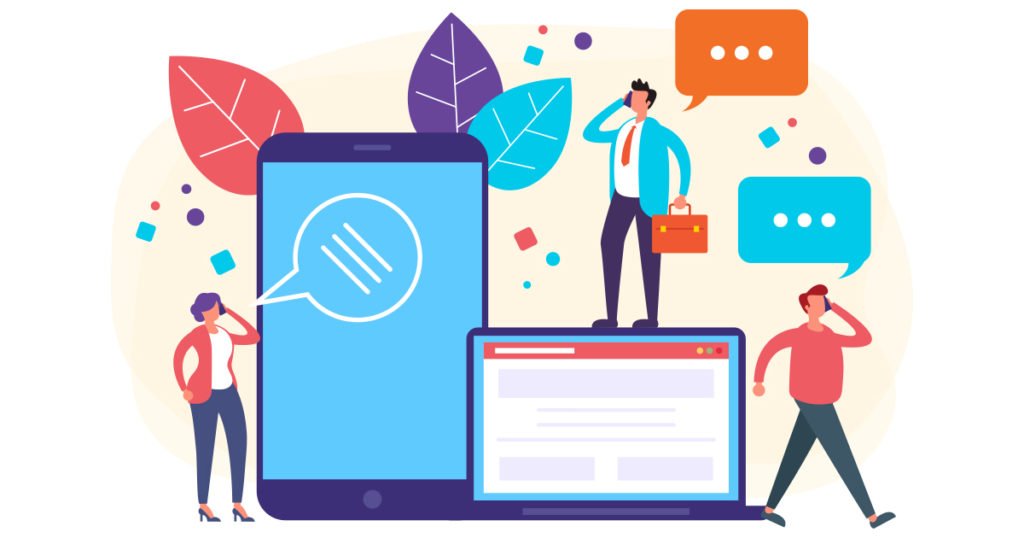Social listening is a tactic that became commonplace among marketers during the past couple of years. As soon as social listening tools started monitoring social media networks and crawling billions of websites in minutes, brands jumped on the opportunity to gather the data on their customers. However, just as any trendy tactic, social listening is often not used to its full potential.
In this post, I’ll go through the ways you can use social listening and get the most out of the method.
But let’s start with the definition.
WHAT IS SOCIAL LISTENING
Social (media) listening and social (media) monitoring are the terms used interchangeably in most articles. They describe the process of gathering mentions of a given keyword(s) (brand name, person, product, industry) on social media, and, sometimes, also on news sites, blogs, forums, and the web.
Some authors distinguish between social media monitoring and social media listening, pointing out that the former means responding to mentions individually, while the latter means analyzing big data – the online presence of the keywords you’re interested in – and working proactively with social media rather than just responding to what’s already there.
Most media hasn’t caught up with the alleged difference between the two terms, so we will use them interchangeably and assume each meaning depending on the context. And the context starts with your goals.
DEFINE YOUR GOALS
Social media listening can do a lot. It reveals your customers and your potential customers, conversations that involve your brand and your industry, every post that links (or should link) to your website.
Social listening is both about individual people on Twitter that praise your book to their friends and big faceless data that demonstrates what kind of sentiment is expressed about your book all over the world and in all of the languages. So first, you’ll need a set of priorities. Otherwise, you might get too overwhelmed and confused to make an informed decision about what to use your new shiny social listening tool for. Here are the possibilities:
1. Perfecting customer care
More and more people address brands on social networks and expect them to reply quickly. Social listening makes sure you receive all these mentions (including the ones without the handle) from chosen social media platforms on one dashboard (or via email) in real time. Customer service is one of the most common applications for social listening.
2. Assessing brand reputation
Knowing your brand’s online reputation and assessing how it changes in reaction to your efforts (such as marketing campaigns, publications, product launches, etc) is another goal that companies are usually after. Social listening tools take all mentions and create a visual representation of the overall brand sentiment and its fluctuations. This, in turn, helps marketers with another important subgoal – spotting and preventing social media crises.
3. Market research
Social listening can reveal who your target audience really is and where they hang out. Social listening tools break down your brand’s (or other keyword’s) mentions by location, online resource, and language.
Some also analyze demographics and psychographics of the authors.
4. Competitor research
Social media monitoring isn’t always about monitoring your brand, your product, and your CEO (if they are a public person). Sometimes, it’s about doing that for your competition and learning their strengths and weaknesses.
5. Product research
Unlike with the questionnaires, people give honest feedback about all kinds of products online. Social listening can help with product research and development by uncovering what people are saying about your product and your competitors’ products.
6. Social selling and raising brand awareness
Finding conversations online about your industry and finding people that are actively looking for a product or service like yours online are two other goals that social listening completes.
7. Influencer marketing
Social listening identifies influencers and brand advocates in your niche.
8. Link building
By finding unlinked mentions to your brand, product, or pieces of content and discovering niche blogs, social listening tools discover potential link-building opportunities.
So that’s it. Although there might be more uses for social listening, these are the main ones.
Now you’ve got to identify a couple of goals you’re most eager to pursue. For small brands, it’s often perfecting their customer service (something that makes it possible for them to be better at than their larger competitors), social selling (something that big brands often neglect), and market research – getting to know the most about the customers.
For large brands, it’s usually about brand reputation, assessing the effect of their marketing campaigns and PR events, product research, and competitor research.
To find out how to get started with your first campaign, jump to this article.
Join 100,000+ fellow marketers who advance their skills and knowledge by subscribing to our weekly newsletter.

